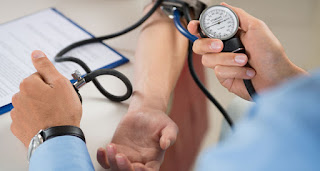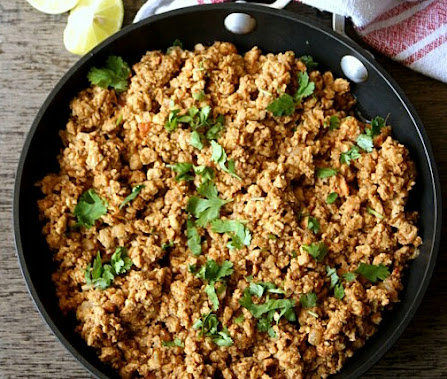Before, the cutoffs for high blood pressure had been a top number of 140 and a lower number of 90.
Normal Blood Pressure: Under 120 over 80Elevated Blood Pressure: Top number 120-129 and bottom number less than 80High Blood Pressure / Stage 1: Top number of 130-139 or bottom number 80-89High Blood Pressure / Stage 2: Top number at least 140 or bottom number at least 90
Researchers found that over half of the world's adults with high blood pressure lived in Asia. Around 226 million people in China have high blood pressure, along with 200 million in India.
No, Health experts are warning people to not rush to medication to lower their high blood pressure. They advise that there are many lifestyle changes a person can make to effectively keep their blood pressure at a healthy level.
Tips and foods for control/management of your blood pressure.
Here are some of the top foods that can help in managing blood pressure:
Leafy Greens: Incorporating leafy greens such as spinach, kale, collard greens, and beet greens into your diet can help lower blood pressure due to their high content of nitrates.
Berries: Berries are packed with antioxidants and flavonoids that can help improve blood pressure and lower inflammation. Blueberries, raspberries, strawberries, and blackberries are all great options.
Garlic: Garlic has been shown to improve blood pressure by relaxing blood vessels and increasing the production of nitric oxide.
Fatty Fish: Fish such as salmon, mackerel, and sardines are high in omega-3 fatty acids, which can help reduce inflammation and improve blood pressure.
Whole Grains: Whole grains such as oats, quinoa, and brown rice are rich in fiber, which can help lower blood pressure by reducing cholesterol levels and improving gut health.
Nuts and Seeds: Nuts and seeds such as almonds, walnuts, chia seeds, and flaxseeds are high in potassium, magnesium, and healthy fats, which can help improve blood pressure and reduce inflammation.
Low-Fat Dairy: Low-fat dairy products such as milk, yogurt, and cheese are high in calcium and can help improve blood pressure.
Incorporating these foods into your diet can not only help manage blood pressure but also provide a wide range of other health benefits.
Nearly half of U.S. adults now have high blood pressure, thanks to a new definition of what constitutes high: 130/80 is the new 140/90. That means that 103 million people — up from 72 million under the old definition — need to make diet and exercise changes and, in some cases, take medication to lower their risk of heart attack or stroke.
 |
| Photo credit: Sciencenews.org |


No comments:
Post a Comment
Please share your views and suggestions. We would appreciate your ideas.